
Harvard Scientist Claims ‘Hostile’ Object Coming at Us Is Advanced ‘Mothership’ and Issues Warning

When the Sky Defies Expectations
Every so often, something glides across our skies that doesn’t quite fit the script. It moves faster than expected, glows with an unusual brilliance, or traces a path that refuses to obey the patterns we think we understand. Astronomers measure it, name it, catalog it—and yet, it lingers in the mind. Not because it confirms the presence of something alien, but because it unsettles our sense of certainty. Perhaps the real mystery is not what’s out there, but how quickly we attempt to fold the extraordinary back into the ordinary.
3I ATLAS: Between Certainty and Curiosity
In July 2025, telescopes around the world detected an unfamiliar visitor cutting across our solar system. The object was labeled 3I ATLAS, the third confirmed interstellar object ever recorded by humanity. At first, it seemed like nothing more than a cosmic passerby—a fragment of ice and dust rushing toward the void beyond.
But the closer astronomers looked, the more intriguing the picture became. 3I ATLAS was traveling at a staggering 130,000 miles per hour. Its orbital trajectory didn’t align with that of a typical comet, sparking lively debate not only about its nature but also about how science responds to the unexpected.
Harvard astrophysicist Avi Loeb stirred headlines with one of the boldest interpretations. In a study co-authored with colleagues, he floated the possibility that the object might not be natural at all, but instead an artificial probe—or even a mothership—sent by intelligent life beyond Earth. “The consequences, should the hypothesis turn out to be correct, could potentially be dire for humanity,” the team warned.
Most of the scientific community, however, urged restraint. Astronomer Samantha Lawler of the University of Regina countered: “All evidence points to this being an ordinary comet that was ejected from another solar system, just as countless billions of comets have been ejected from our own.” Subsequent observations seemed to support her stance. Telescopes detected a diffuse coma of dust and gas, consistent with solar-driven outgassing, as well as a natural rotational pattern. Even Loeb himself admitted that the most probable explanation was mundane: 3I ATLAS was almost certainly a comet.
Still, the debate surrounding the object revealed something bigger than a clash of theories. It exposed how humans deal with the unknown: some seek refuge in formulas and models, while others fill the gaps with speculation or imagination.
Speculation and Scrutiny
Soon after its discovery, 3I ATLAS was no longer just an object under observation—it became a flashpoint for discussion about the limits of scientific inquiry. A technical paper released on arXiv by Loeb and his collaborators Adam Hibberd and Adam Crowl suggested that the object’s unusual flight path and close passes near Venus, Mars, and Jupiter might hint at intentional navigation. The authors described their exercise as “pedagogical,” yet their words carried a cautionary tone: if the artificial hypothesis were correct, the implications could be monumental.
Loeb later expanded the idea in a blog post, speculating that the object’s temporary position behind the Sun—when it was least observable—might have allowed for activities shielded from human instruments, perhaps even the release of smaller probes. This suggestion captured public imagination but invited sharp pushback from peers. Oxford astrophysicist Chris Lintott dismissed it as “nonsense on stilts,” warning that such claims risk diluting legitimate research.
Meanwhile, data kept accumulating. The Hubble Space Telescope revealed a halo of vaporized material characteristic of comets. Spectral studies indicated the presence of hydroxyl molecules, a signature of sublimating ice. Bit by bit, evidence weighed toward a natural explanation. Yet, the hypothesis had already served its purpose: it forced the scientific community and the public to wrestle with the line between bold curiosity and ungrounded speculation.
Why We Fill the Gaps
The fascination with 3I ATLAS also reveals something about human psychology. When faced with uncertainty, people tend to fill the blanks quickly—a tendency psychologists call ambiguity aversion. Uncertainty, even in the absence of danger, often feels threatening.
That instinct is amplified by culture. Decades of science fiction and media portrayals have trained us to associate mysterious objects in the sky with surveillance, invasion, or existential threat. Thus, when a respected scientist hints at extraterrestrial design, the story resonates far beyond academic journals. It activates a narrative that is already deeply embedded in our collective imagination.
Yet science thrives precisely because it resists that rush. Its strength lies in slowing the process down, testing ideas, and demanding proof. History shows that radical concepts—such as plate tectonics or the existence of exoplanets—only gained credibility after enduring years of scrutiny. Asking “what if?” is essential, but the real engine of discovery is the follow-up question: “Can it be measured?”
Lessons for Readers of the Sky
The 3I ATLAS episode also holds lessons for how we, as the public, engage with science:
-
Start with the source. Headlines often distort nuance; real science is traceable to data and institutions.
-
Look for peer review. While imperfect, peer review filters out much of the noise.
-
Watch the language. Words like “possibly” or “may suggest” signal an open question, not a conclusion.
-
Ask if it’s testable. A strong scientific idea must invite verification.
-
Separate feeling from fact. A dramatic story may be gripping but misleading.
-
Respect uncertainty. Not knowing is not weakness—it’s the starting point of discovery.
What the Sky Reflects Back to Us

In the end, 3I ATLAS may prove to be nothing more than a fragment of cosmic ice, hurled across interstellar distances by forces we already understand. Or perhaps, as with many astronomical puzzles, it will remain partly unresolved. Either way, its value lies in the dialogue it inspired.
It reminded us that the cosmos is not finished yielding surprises—and that our reactions to those surprises reveal as much about ourselves as about the universe. Some people recoil from uncertainty with skepticism or fear. Others lean into it with curiosity. Science, meanwhile, keeps working: observing, measuring, refining.
Perhaps that is the lasting legacy of 3I ATLAS. Not whether it was comet or craft, but the way it rekindled wonder and humility. It reminded us that knowledge is not a final product but an ongoing process, and that sometimes the most meaningful discoveries come not from the answers we find, but from the questions we dare to keep open.
So keep watching the skies—not to resolve every mystery at once, but to remain alive to the questions that still shape us.
News in the same category


Man’s Refusal to Pay 25% Tip Ignites Debate on Tipping Culture
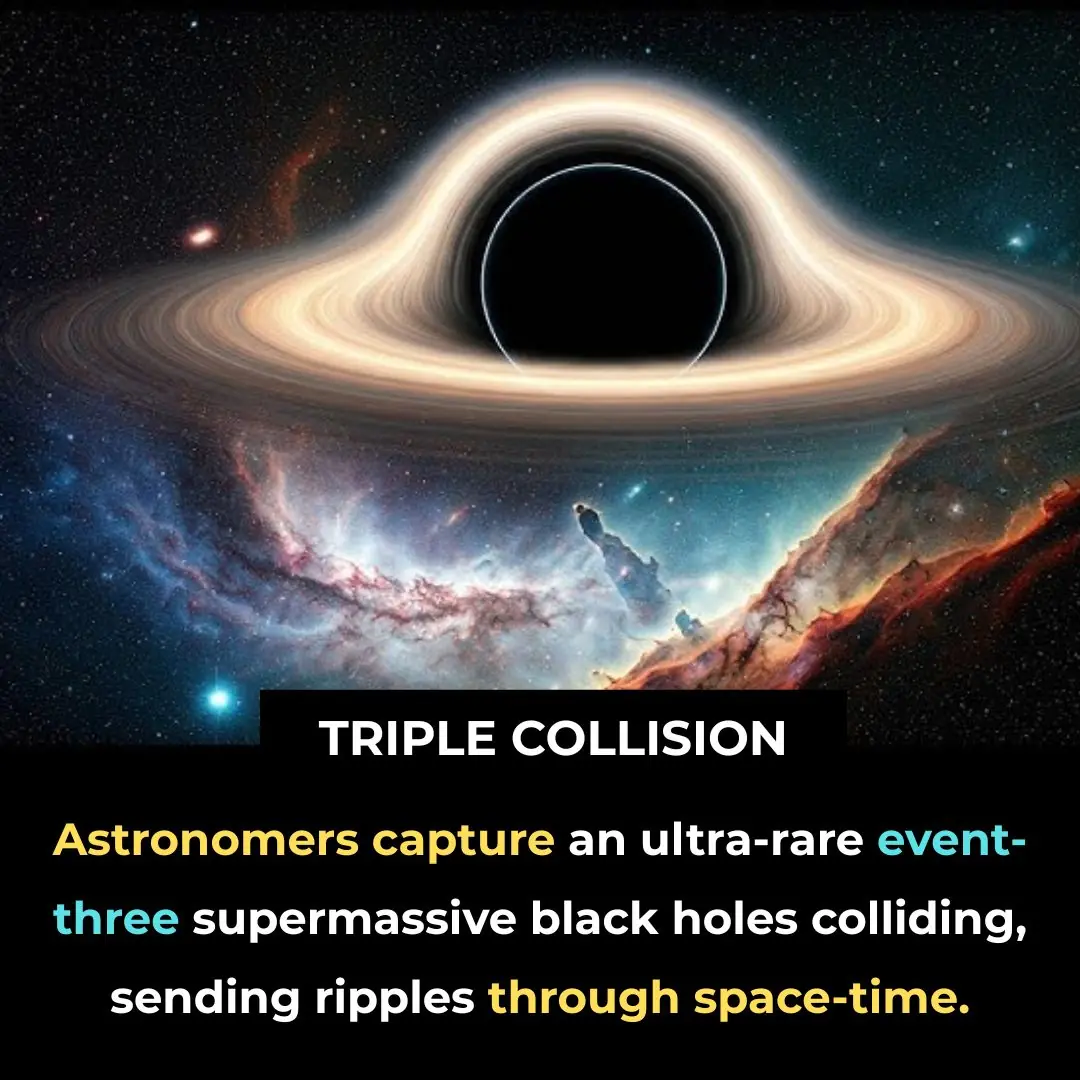
Universe Shaken: Rare Triple Black Hole Merger Sends Ripples Through Space-Time
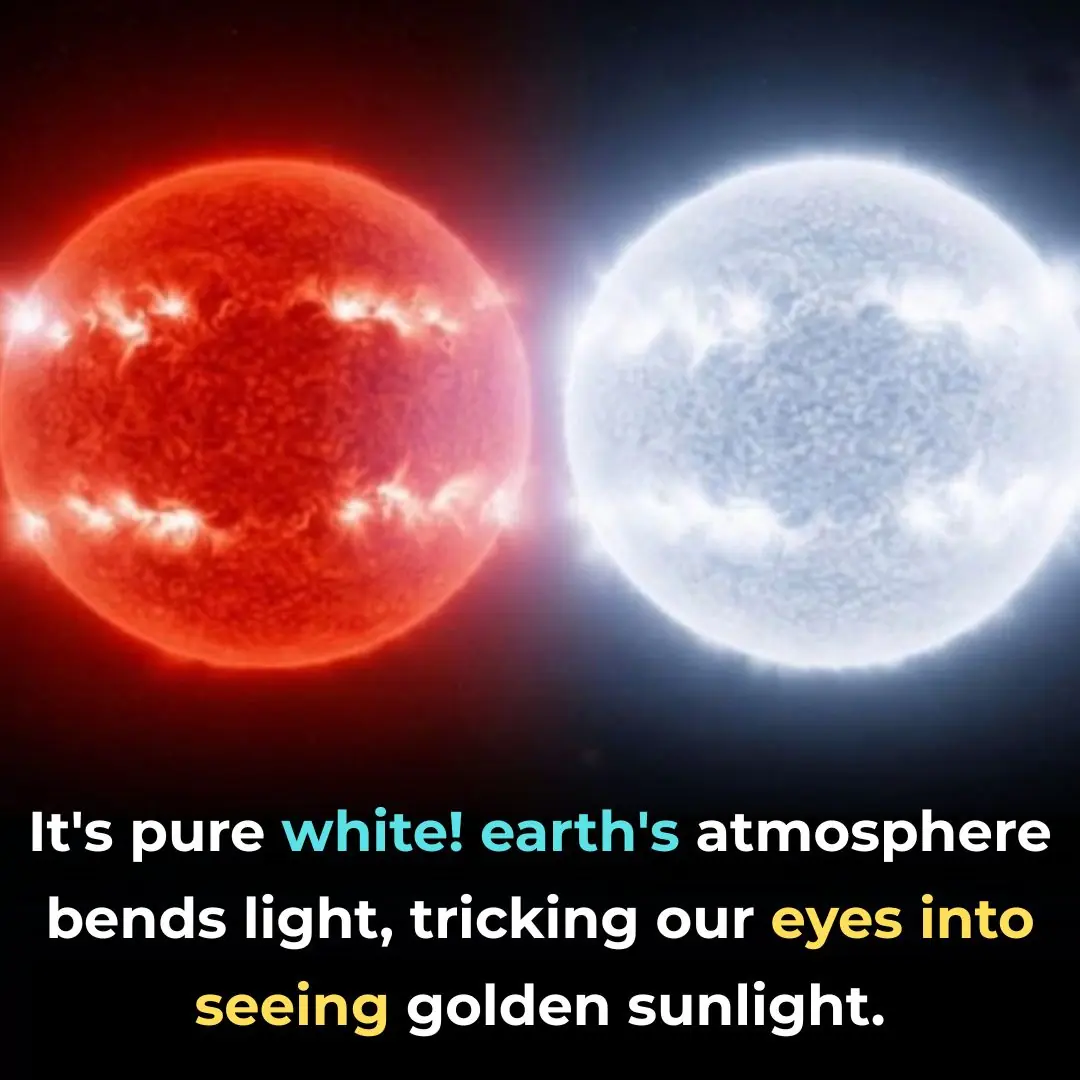
The Sun Isn’t Yellow—It’s Pure White
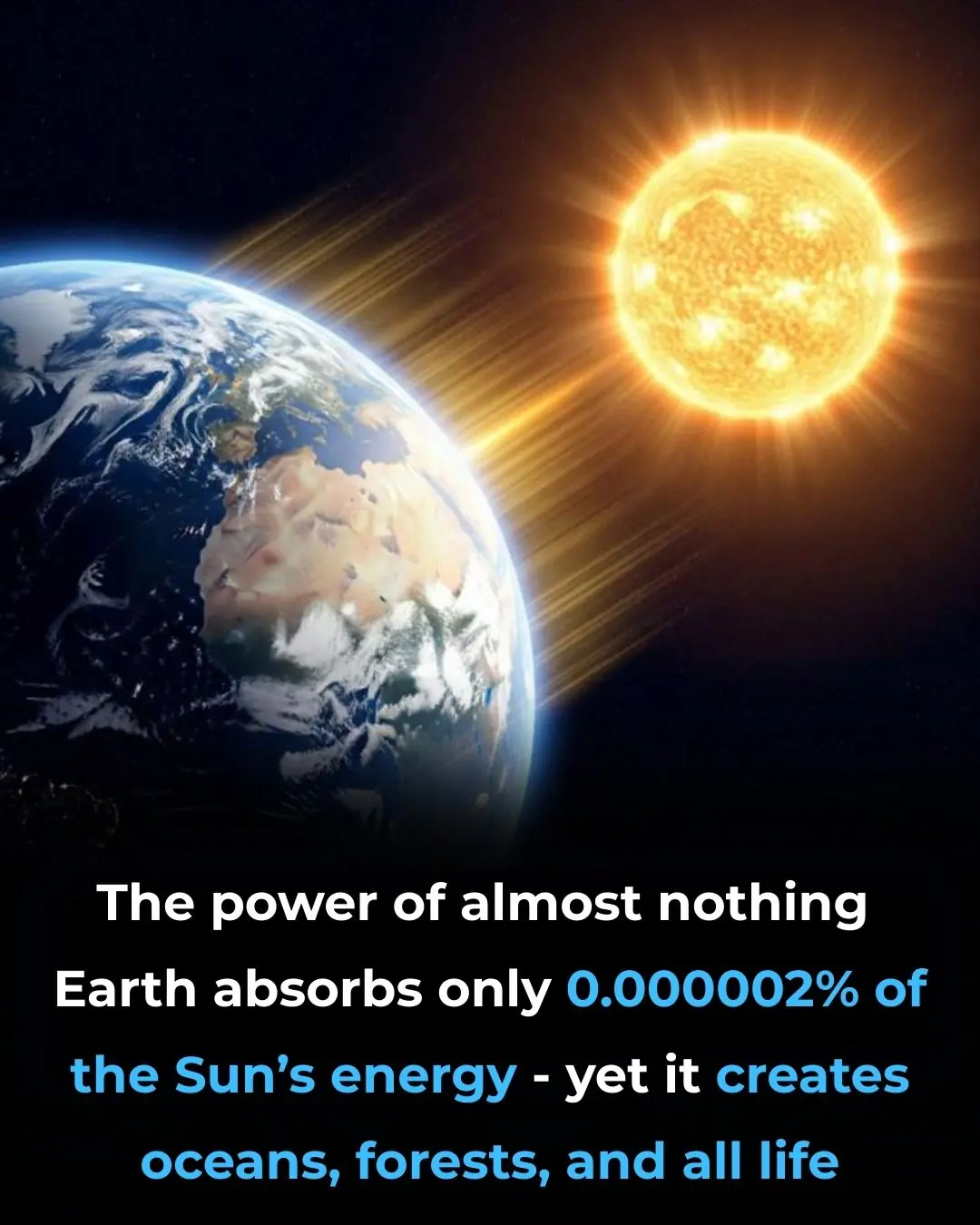
The Sun’s Power: Earth Lives on Just 0.000002%

iPhone users issue warning on what to do if you get the 'caution' icon on your device

PlayStation 6 leak suggests release date could be much sooner than expected
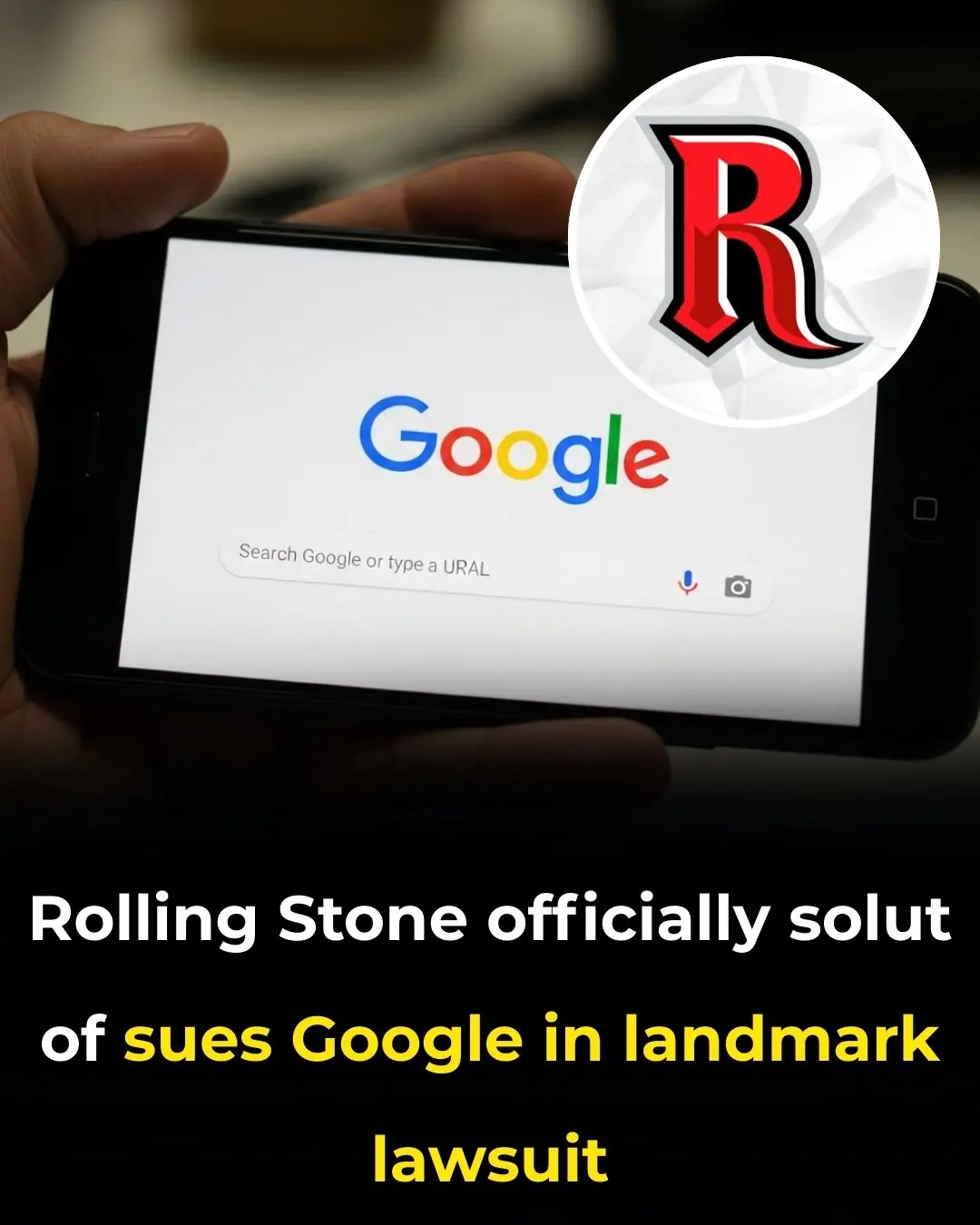
Rolling Stone sues Google over AI summaries in landmark lawsuit

Tiny Brown Balls in Your Salad
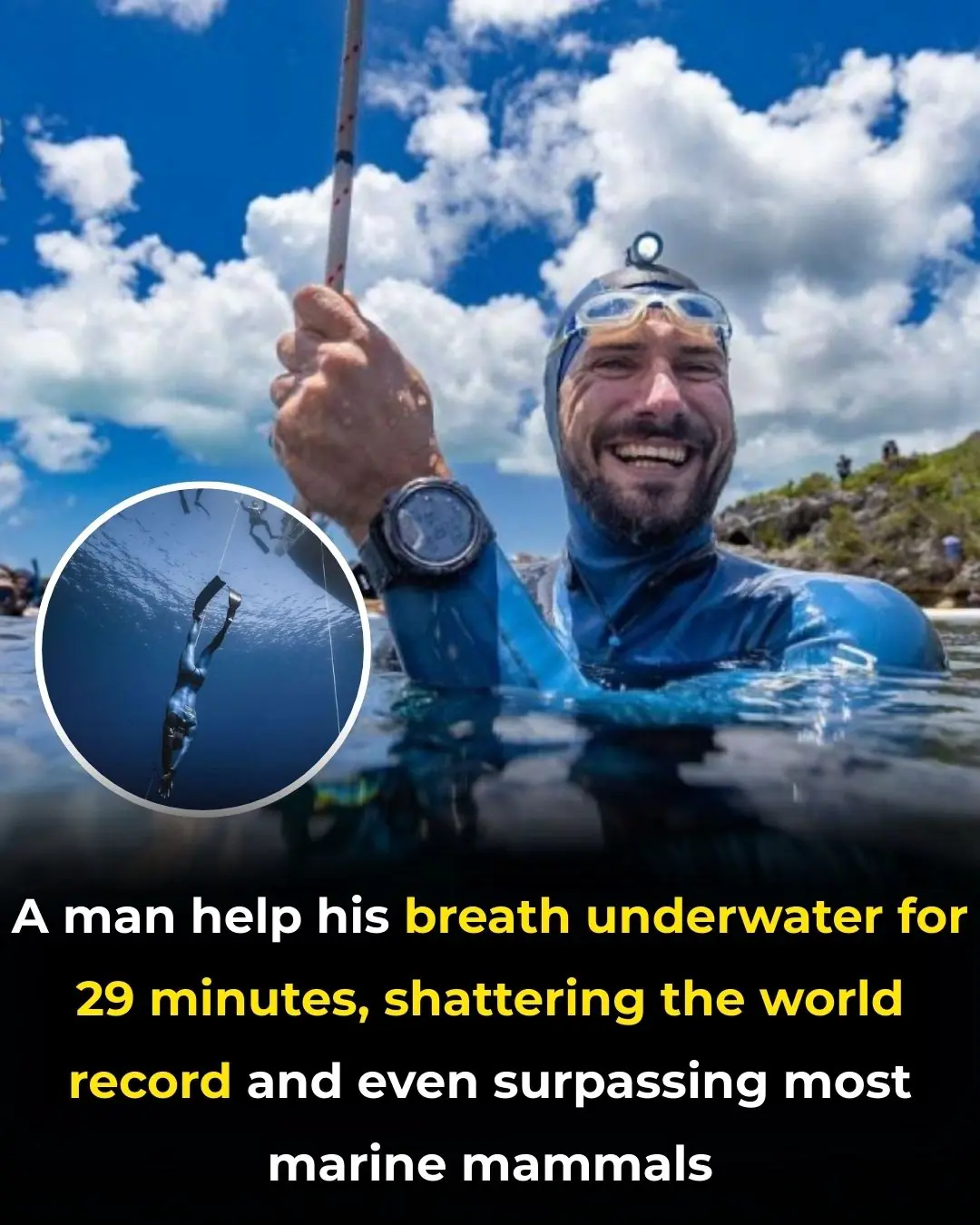
A Man Held His Breath Underwater for 29 Minutes, Shattering the World Record and Even Surpassing Most Marine Mammals

Everywhere Cannabis Could Be Legalised in US as Trump Considers Major Law Change

Should You Peel Ginger Before Eating? The Shocking Truth Everyone Needs to Know
he peel is not harmful; in fact, it carries unique benefits. By using ginger correctly and storing it properly, you can unlock its full potential for boosting immunity, improving circulation, and keeping your
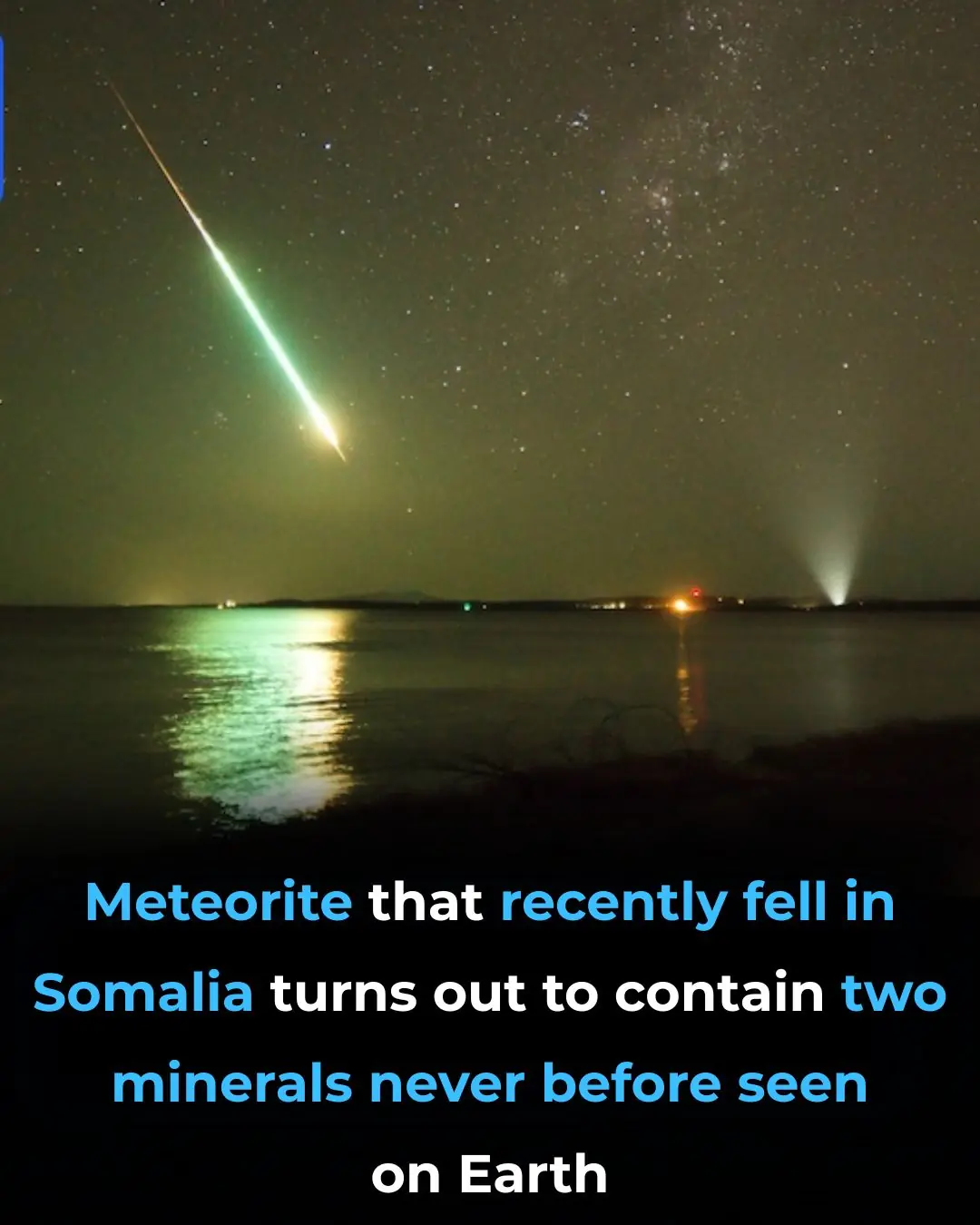
Meteorite That Recently Fell in Somalia Turns Out to Contain Two Minerals Never Before Seen on Earth

A Touch of Viking Brilliance: Moss-Carpeted Homes in Norway

What Millions of Years Look Like in One Photo (Well, Not Exactly)
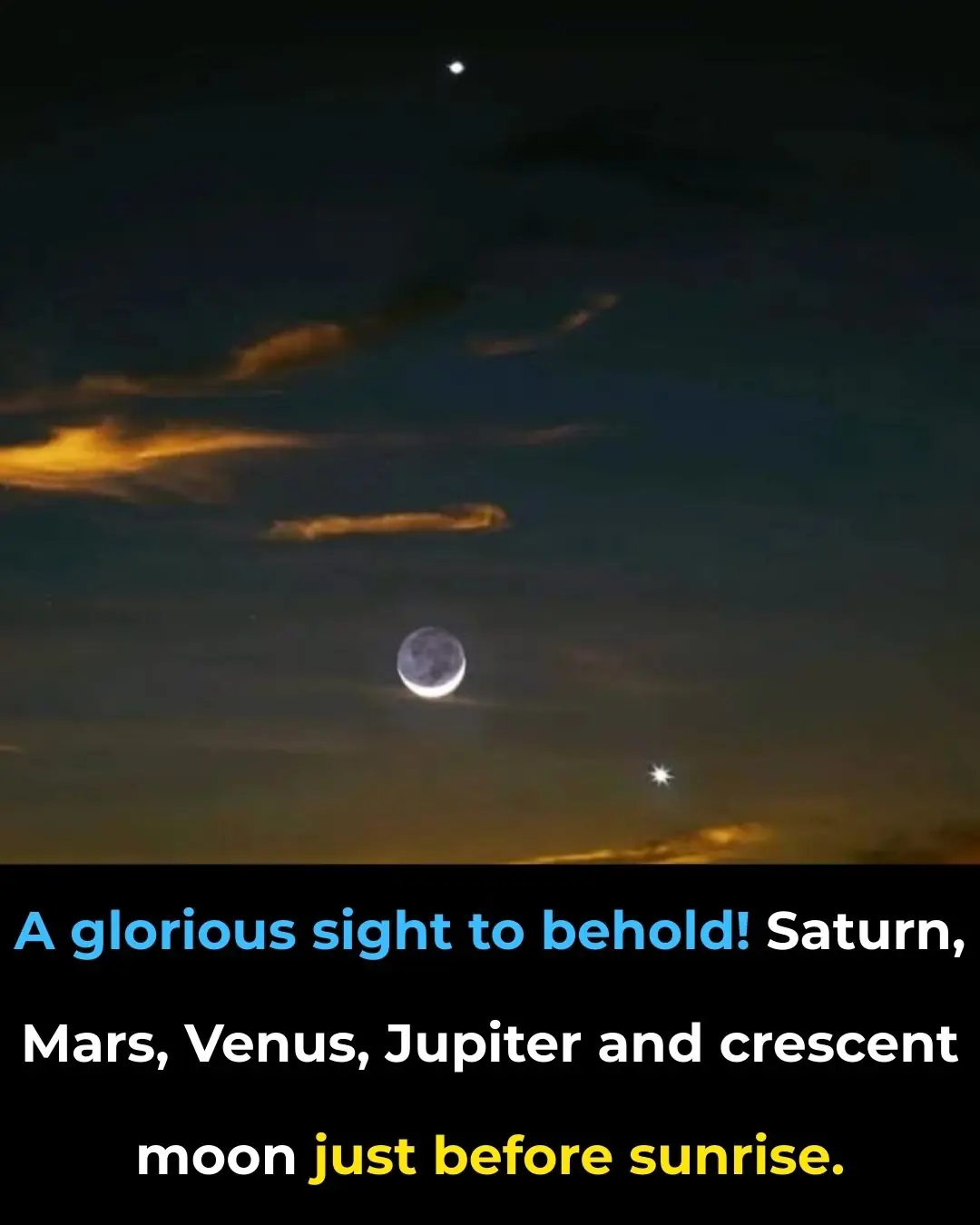
NASA Has Just Released 2,540 Gorgeous New Photos of Mars

Friendship Between Wolf And Bear Documented By A Photographer
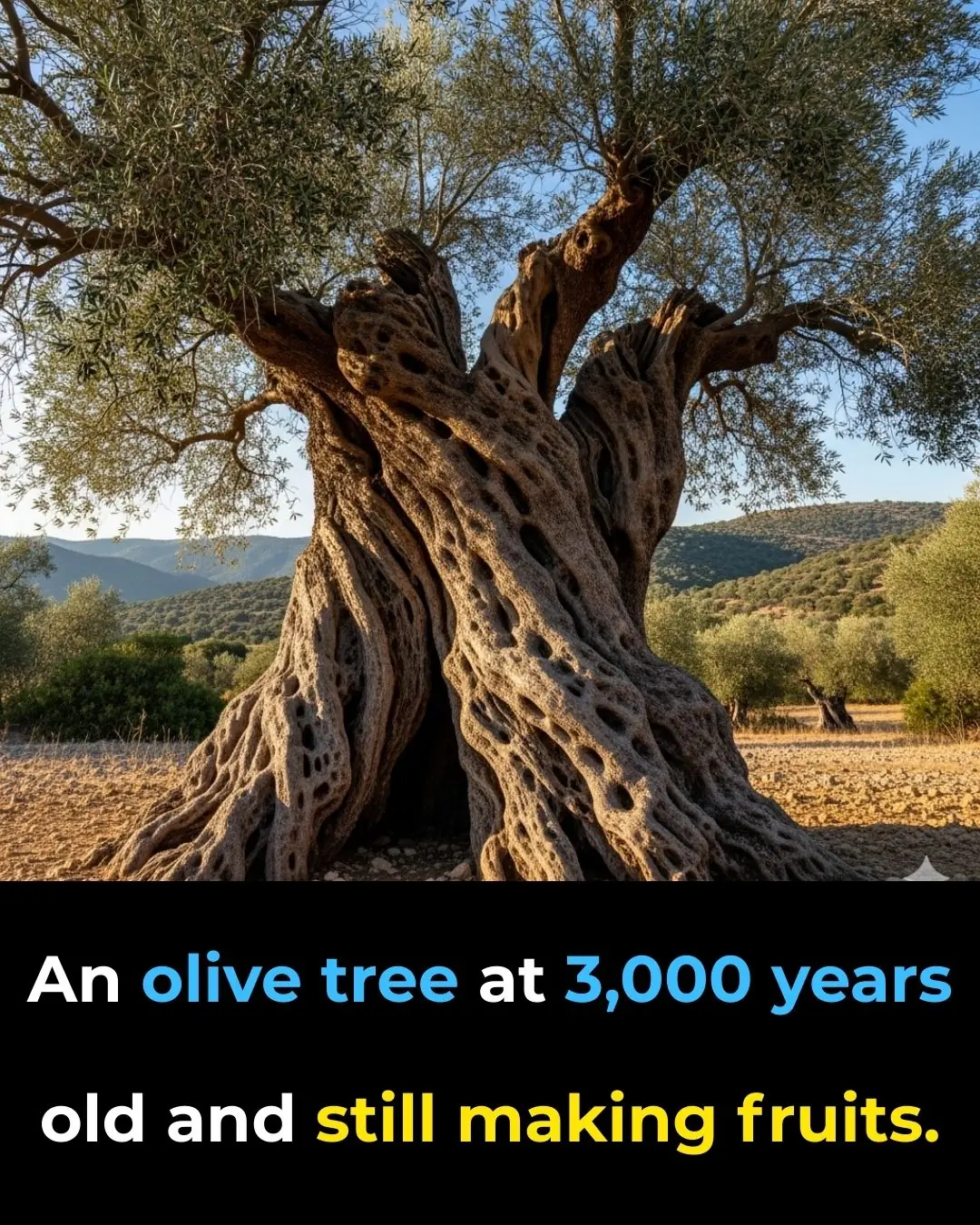
3,000-Year-Old World’s Oldest Olive Tree on the Island of Crete Still Produces Olives Today

Security feature you should make sure is always enabled on your Android smartphone
News Post

Lab-Made Butter Created From CO2 Tastes Like The Real Thing, Says Bill Gates

Natural Hair Rejuvenation: How to Restore Your Hair Color from Grey to Gorgeous
This DIY remedy provides a comprehensive approach to hair care, nourishing your hair both from within and externally.

Erase Wrinkles and Dark Spots Naturally With This DIY Aspirin & Vaseline Trick
Adding this natural remedy to your daily skincare routine can help you achieve smoother, younger-looking, and more radiant skin — all without relying on costly treatments.

DIY Clove Water Spray That Works Like Botox for Firm and Bright Skin
This homemade clove water spray, enriched with nature’s most powerful ingredients, offers a simple way to achieve firmer, brighter, and more youthful-looking skin — without the need for injections or costly skincare products.

Never Eat Eggs With These 6 Foods — A Dangerous Combination for Your Health
By avoiding these six food pairings and choosing the right cooking methods, you can enjoy eggs as a powerhouse of nutrition without compromising your health.

Cut soap and mix with this to put in the corner of the house: Mosquitoes will fly black
With these simple hacks—soap and sugar water, repellent plants, lemon with cloves, and coffee ground smoke—you can protect your home naturally.

5 Fish Parts You Should Never Eat – The #1 “Nutritious” Organ Could Turn Deadly
Fish remains one of nature’s best superfoods—but only when handled the right way.

Teacher Shocked by Stage 4 Stomach Cancer Diagnosis After Mistaking Sore Throat for a Common Cold – 2 Kitchen "Culprits" Exposed
A sore throat may seem like nothing more than a seasonal annoyance, but sometimes it hides something far more dangerous. That was the devastating reality for a retired teacher in Taiwan who thought his discomfort was due to cold weather—until doctors re

50-Year-Old Man Dies After Eating Leftovers: 5 Foods You Should Never Keep Overnight
Leftovers may seem harmless, but in some cases, they can turn into hidden health risks. A tragic case has recently drawn attention to how certain foods, when stored improperly or left too long, may lead to life-threatening consequences.

3 Morning Urine Signs That Could Signal Silent Kidney Trouble – Don’t Ignore Them
Protecting your kidneys is about more than preserving the urinary system—it is about safeguarding your energy, your heart, and your long-term health.
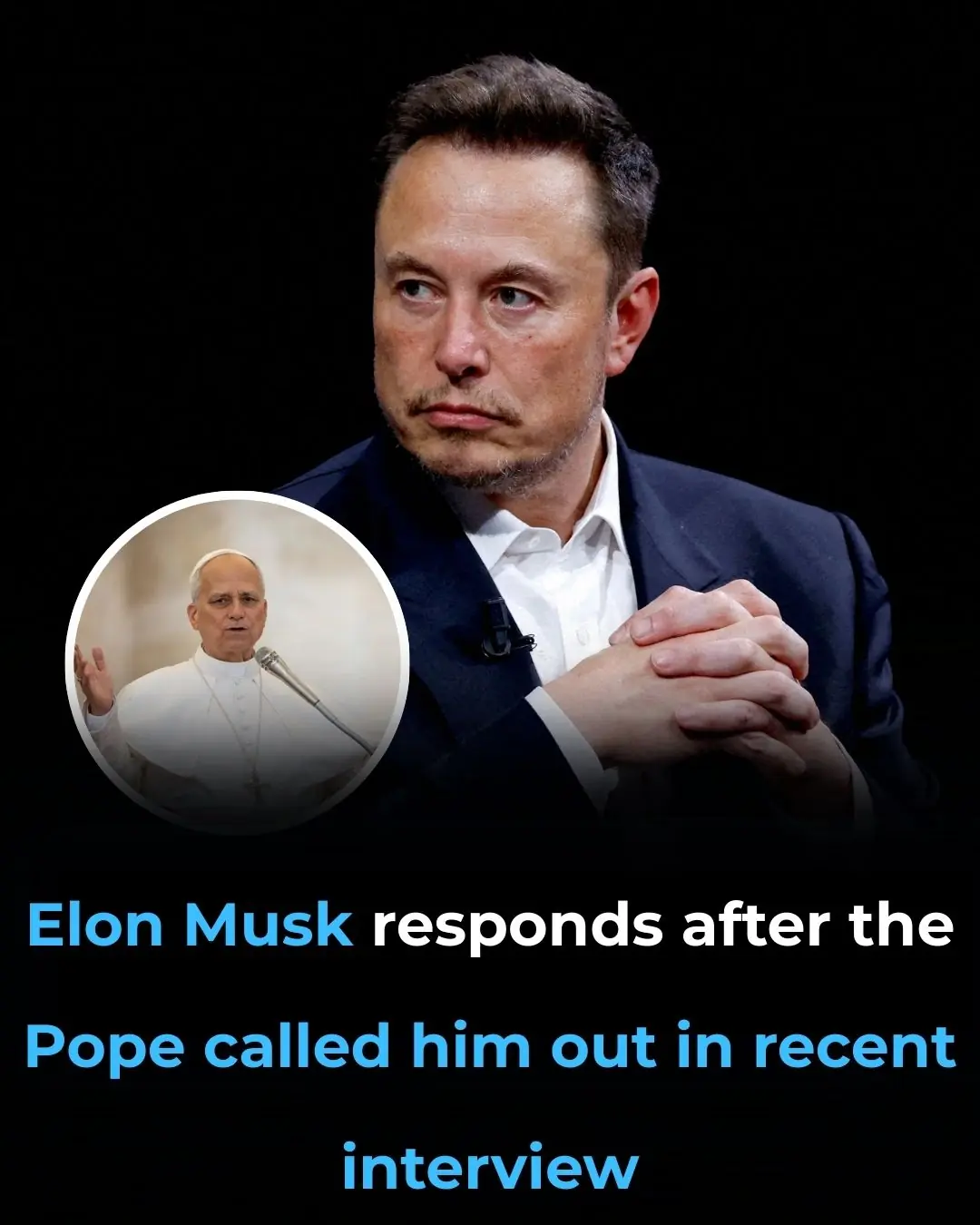
The ultimate battle of faith versus tech

Man caught 'cheering' in crowd after Charlie Kirk killing breaks silence

Pour hot water over the apple, the chemicals will become CLEARLY VISIBLE, the best way to check for poisonous apples.

Using an electric kettle to boil water, 9 out of 10 households make this mistake. Be sure to remind your loved ones to fix it soon.

The 8 most power-hungry devices, consuming twice as much as an air conditioner: Remember to unplug them after use, or your bill will skyrocket.

Top 10 foods that improve blo:od circulation in legs

Cardiologist Reveals the #1 Exercise to Prevent a Heart Attack

Doctors prescribe LEVOTHYROXINE—but here’s what they don’t tell you
